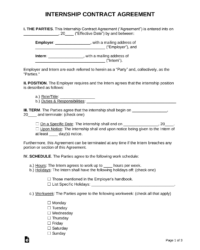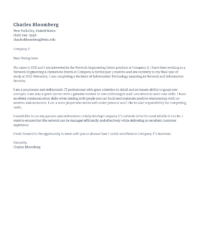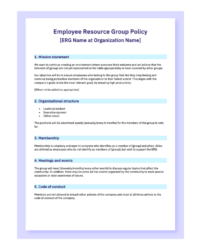Utilizing a standardized application structure offers several advantages. It clarifies expectations for applicants, ensuring they provide all necessary information. It also saves time and resources for the organization by simplifying the review process. Furthermore, a well-designed framework can encourage diverse applicants and promote equitable evaluation based on merit.
The following sections will explore the key components of effective application materials, including crafting compelling statements of interest and highlighting relevant skills and experience for positions in economic policy research.
Key Components of an Application for an Economics-Focused Internship
Successful applications for internships within economic policy research organizations require careful attention to several key components. These elements ensure the applicant presents a comprehensive and compelling case for their candidacy.
1. Contact Information: Accurate and up-to-date contact details are essential for communication throughout the application process. This typically includes full name, phone number, email address, and mailing address.
2. Academic Background: Providing details of educational history, including degrees earned or in progress, relevant coursework, GPA, and academic institution names, demonstrates the applicant’s academic preparedness for the internship.
3. Skills and Experience: Listing relevant skills, such as proficiency in statistical software, data analysis techniques, or specific economic modeling tools, along with prior work or research experience, strengthens the application by showcasing practical abilities.
4. Statement of Interest: This crucial component allows applicants to articulate their specific interest in the organization and the internship itself. It provides a platform to explain career goals and how the internship aligns with those aspirations. Clearly expressing motivation and demonstrating understanding of the organization’s mission is key.
5. References: Including contact information for individuals who can attest to the applicant’s skills, work ethic, and academic capabilities provides valuable third-party validation. It’s important to obtain permission from references before listing their contact information.
6. Writing Sample (Optional): Some organizations may request a writing sample to assess the applicant’s analytical and communication skills. This could be a research paper, policy brief, or other relevant written work. If requested, selecting a sample that showcases relevant skills and knowledge is important.
7. Transcript (Optional): An official or unofficial academic transcript might be required to verify academic performance and coursework. Applicants should be prepared to submit transcripts if requested.
A well-crafted application demonstrates not only an applicant’s qualifications but also their attention to detail and professionalism, increasing their chances of securing a competitive internship in economic policy research.
How to Create an Internship Application Template for an Economic Policy Research Center
Creating a standardized application template ensures consistency and efficiency in the applicant review process. A well-structured template benefits both the organization and potential interns by clarifying expectations and streamlining submissions.
1. Define Essential Application Components: Begin by identifying the necessary information to collect from applicants. This typically includes contact information, academic background, skills, experience, and a statement of interest. Optional components may include writing samples and transcripts.
2. Structure the Template Logically: Organize the template into clear sections with descriptive headings. A logical flow facilitates easy navigation for both applicants and reviewers. Consider grouping related information together for improved readability.
3. Provide Clear Instructions: Include concise and specific instructions for each section. This ensures applicants understand what information to provide and how to format it correctly. Clarity minimizes ambiguity and reduces the likelihood of incomplete applications.
4. Use Standard Formatting: Consistent formatting enhances readability and professionalism. Employ a standard font, font size, and margin size throughout the template. Consider using bullet points or tables to present information clearly.
5. Ensure Accessibility: Design the template to be accessible to individuals with disabilities. Use clear language and avoid complex formatting that may interfere with screen readers or other assistive technologies.
6. Test and Refine: Before finalizing the template, conduct thorough testing to identify any areas for improvement. Solicit feedback from colleagues or potential applicants to ensure clarity and usability. Regularly review and update the template to reflect evolving needs.
A well-designed template facilitates efficient candidate evaluation, improves the applicant experience, and supports the selection of qualified individuals for internships in economic policy research. Regularly reviewing and updating the template ensures it remains effective and aligned with organizational objectives.
Standardized frameworks for applications to organizations specializing in economic analysis provide significant benefits. Structured templates streamline the submission process, ensuring consistent information gathering and facilitating efficient comparison of candidates. Clear guidelines regarding content and formatting, encompassing academic background, skills, experience, and statements of interest, enhance the applicant experience while allowing organizations to identify individuals with the potential to contribute meaningfully to research endeavors.
Investing in the development and refinement of application procedures contributes significantly to the cultivation of future generations of economic policy researchers. Rigorous selection processes based on well-defined criteria ensure the identification of promising candidates and foster a robust pipeline of talent dedicated to addressing complex economic challenges.


